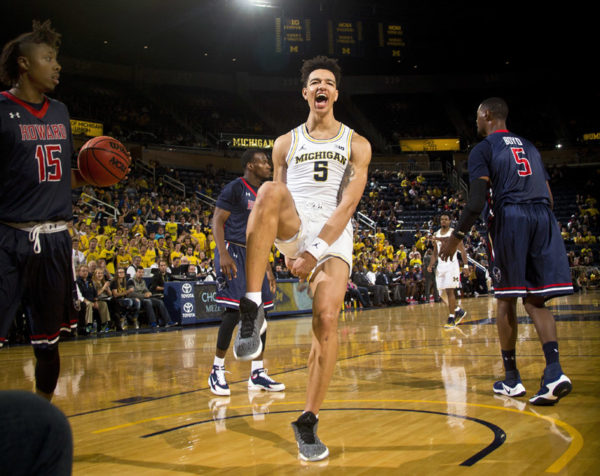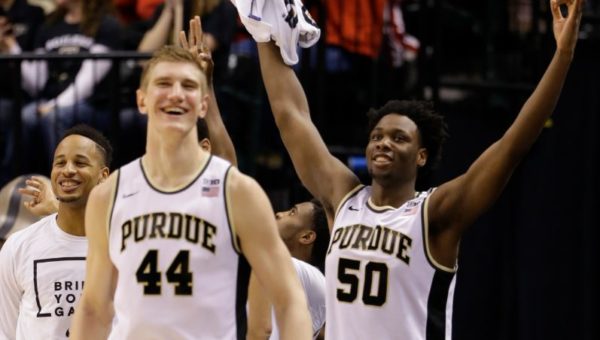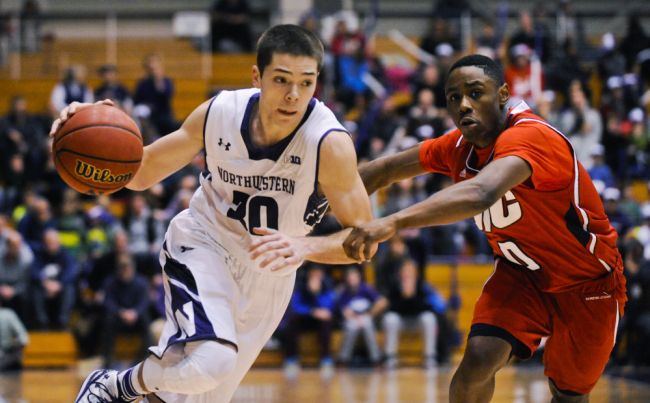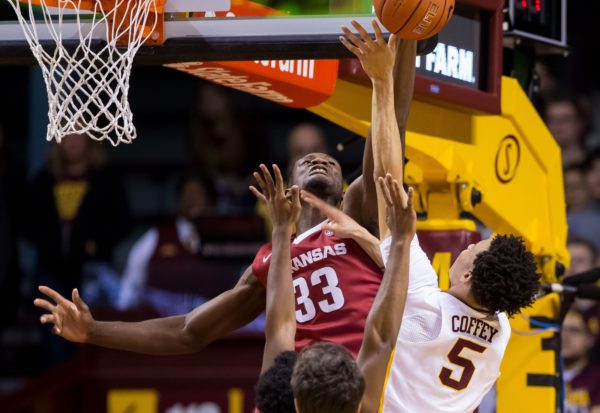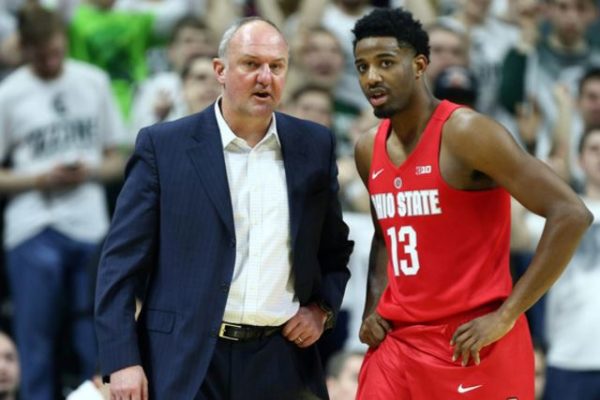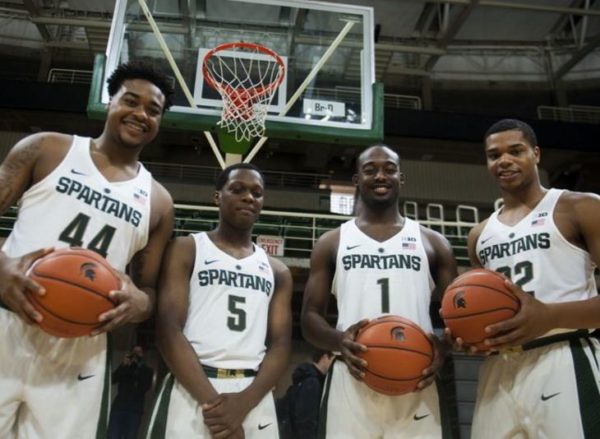Spartan Swap: Will Josh Langford Seize Eron Harris’ Role?
Posted by Jim Root on February 22nd, 2017“Will Eron Harris step up and become a leader for a young Michigan State team?” After waiting almost the entire season to learn the answer to this question, the issue was rendered meaningless over the weekend as Harris suffered a season-ending knee injury during the Spartans’ road loss at Purdue (for the record, the evidence was pointing toward a resounding ‘no’). The question now becomes who will step up in his absence? Tom Izzo’s team is still very much in the thick of the bubble battle, and losing a skilled (if inconsistent) scorer is a tough pill to swallow. Sixty percent of the Spartans’ potential preseason starting lineup now sits in street clothes (Harris joins center Gavin Schilling and forward Ben Carter), and Izzo is left with little choice but to embrace the youth movement on his roster.
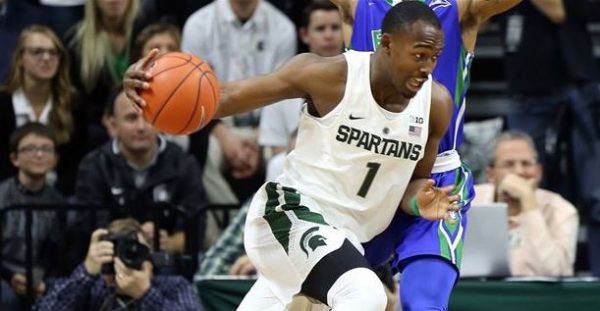
Josh Langford drives against Florida Gulf Coast in East Lansing on November 20th. (247 Sports)
The burden to replace Harris will fall most heavily on the shoulders of freshman wing Josh Langford, a consensus five-star prospect who has mostly flown under the radar while deferring to Harris and fellow freshmen Miles Bridges and Nick Ward. His usage while on the floor is only 14.8 percent this season, per KenPom, a ratio that Pomeroy’s data refers to as filling a “Limited Role.” To wit: In a four-game stretch several weeks ago, these were Langford’s usage rates: 8%, 13%, 10%, 4%. He’s essentially wearing an invisibility cloak! Prior to Harris’ injury, Langford was playing only three fewer minutes per game than the redshirt senior, yet he’d taken 106 fewer shots. Langford has hit a higher percentage of his threes (42% vs Harris’ 39%) and twos (58% vs 47%), and with nine new shots available per game, the Spartans could really benefit from Langford embracing a higher-usage role while maintaining those pristine percentages. Read the rest of this entry »





























